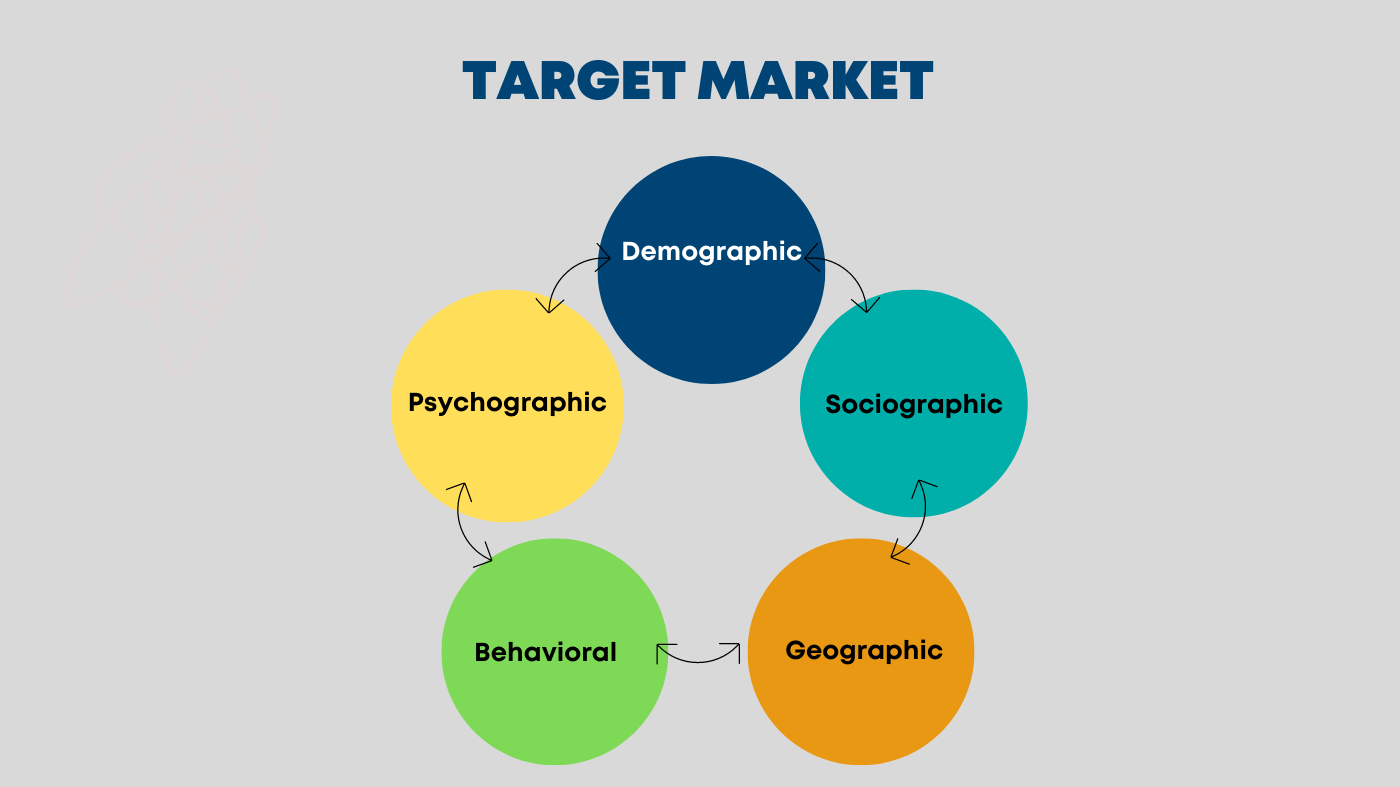One of the dynamic and changing fields is selling. The methods of high digital selling amendment with the technology & shopper trends. This is often the rationale why each company wants a good selling strategy that’s calculated & has all right outlined objectives. Once you’ve got the right path, reaching the goal set for your business becomes much higher.
When we plan to start off with a new business we tend to launch the marketing strategies right there so that the investment is on the right track and planning rather than wasted in wrong things.
In order to achieve the target goal the entrepreneur must have an outstanding marketing strategy.
For a strong and effective marketing strategy for your business we have come up with and listed 10 main steps that you could follow step by step.
What is the selling Strategy?
Marketing strategies are a long positive approach for any company or startup whose primary goal is to understand the needs and desires of their customers.
Marketing Strategy is a comprehensive strategy that covers everything from corporate positioning, to media relationships, creativity to marketing mix, using multiple channels, tactics and more.
Marketing planning is a company’s approach to reach potential customers and turn them into their business long term customers. It includes the organisation’s target audience data, demographics, propositions, brand messages and other elements.
A wide range of marketing strategies categorised the era of ambiguous marketing. This is an important detail of the strategy useful for achieving common goals.
What is the importance of promoting Strategy?
Marketers and e-commerce homeowners can get lost little by little in the weeds. You lose sight of your company’s vision and the big goals that go with it. They lose sight of the target market, thereby losing the key issues that their products solve for their customers. When this happens, the technologies company engages in loses its efficacy.
Therefore, the sales strategy is not the latest dusty document just put on the top shelf and thrown away. It’s an important way to find out your organisation’s goals & purposes and how to achieve them. This will be all the blueprints you do to expand the market for your business.
1. Defining offerings & brand value
Defining the overall price and developing the overall strategy is consistent with what the potential and existing customers consider important to handle the overall core values, with trading trends and competitive environment.
This is not an easy task, but all other sales tasks are much more difficult.
An easy formula to find the right value:
- List out the points of pain or frictions that your brand is providing resolution to
- Make that a language of value
- Also make a note of it that your motivations are fitted into this

2. Identify consumers point of friction what they are expecting from your business
One of the main reasons a business doesn’t succeed is when they are unaware of the customer’s problem. Also we can say that they do not understand the needs of their customers or resolve any issues in their customers lives. Also, as these desires can change over time, it is important to investigate the customer’s journey and continue to solve the current customer’s challenges.
Various sorts of customer’s points of pain
- Finance
- Convenience
- Service
6 straightforward steps to spot the customer’s points of pain
- Create a client journey map
- Customers survey
- Reviews by clients
- Follow up with Sales Team
- Competitors study
- Use the standard atmosphere framework

3. Determine your competition in the market & trends
This gives us our next subject of discussion that is competitive analysis creation. A very important step in marketing strategy and planning because with the help of this analysis you will be able to study and differentiate your business from your competitors. A SWOT analysis can also be done to identify your brand’s weaknesses, any threat and strengths.
- Identifying your competitors
- Categorisation of your competitors
- Analysing competitors social media channels
- Conduct a website auditing for source of traffic and how they are positioned
4. Creation of Value Hypothesis
Once you are ready to move ahead, let’s create a marketing strategy that is suitable for your business. Which means making a big resolution for your business of what & to whom you are delivering.
Your business service or product speaks best about the brand.
Here, your company’s prospects interact with your services or products and make a perception of it which is very vital to get it right for any brand to grow.
Always make it a point that you are implementing those which you talked about in your offerings to your customers.
5. Determine your target market
Determining the proper audience can change your brand representations. We all like advanced selections to settle on for easy models which are more practical. This model is often employed in mapping the proper target market to prioritize the analysis of the audience.
You have an inexpensive market potential for business growth that wouldn’t be Via Delalosa to induce them to shop for what you’ve got to supply your first tier target market. This is not the sole tool you wish to use to investigate those who spend most of their advertising money for reaching out.
There’s a second tool we propose which is to style your persona. to see your ideal customer or a target customer very well.

To give a summary of the most persona, you’ll use the subsequent question list.
Who is my persona? How old is he or she? Give yourself a reputation and fix a photograph to arrange your emails accurately.
What’s the initial state of mind of my persona? What are his or her feelings and thoughts before starting the decision-making process?
Which area integrates the varied stages of higher cognitive process up to purchase?
If you’re launching a wholly new service or product that your prospects and customers might not be accustomed to using or purchasing, you must consider applying this psychological change model. After all, you’re trying to alter people’s perceptions here.
Each stage represents a personality’s state of mind before making a call requiring action. you’ll use the necessities for this unit of measurement listed below to make creative promotional tools. This enables you to effectively push your personality and request action.
6. Determine potential partners for collaborations
For collaborations identifying the potential and right partners is also a vital step in targeting your audience. It can be possible that your potential customers are already present in other communities online to loaf around. It’s the marketing through which you can reach up to them.
7. Take the electronic communication and inventive of your whole
For most startups or businesses it’s difficult to afford to get some marketing specialists in their company hence they tend to hire freelancers or agencies to get the work done.
8. Outline your promoting channels
Select the channels which can adjust with your brands goal and objective, and can provide effective results out of it. Few examples are given below:
- Social media Channels and Advertising
- Paid Advertising
- Influencer promoting
- Email promoting
- Push notifications
- Search Engine improvement
- Content promoting
- Public Relations (PR)

9. Make a budget and strategy to align with every channel
To achieve this consider few points
- Business objective
- Research about the market
- Make a sync between your strategy and target audience
10. Analyse your results
Last but not the least is analysing the result of your strategies. Once it is done you can fetch the data out of it which will further help to optimise the strategies of growth. Even with the help of further results you will be able to induce the changes or opt in for A/B testing in your business growth to get the best results.


 April 26, 2024
April 26, 2024

